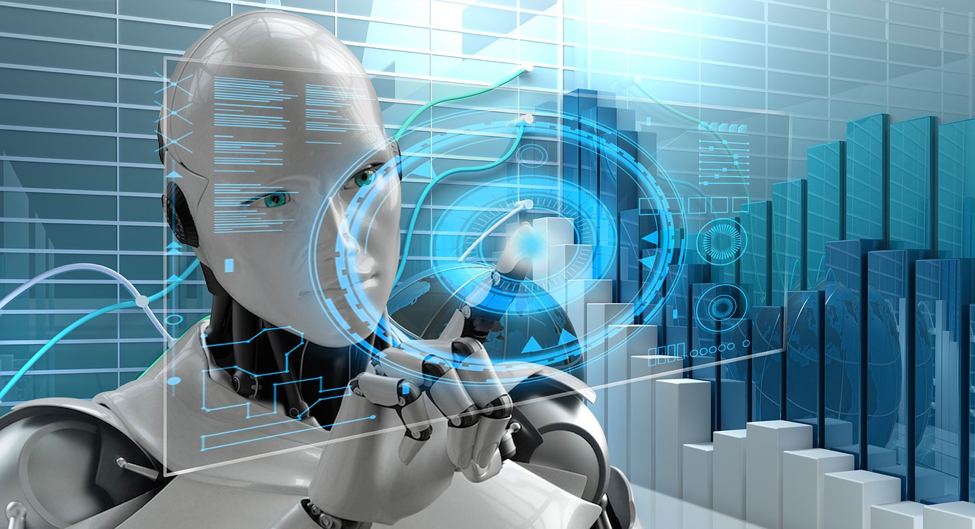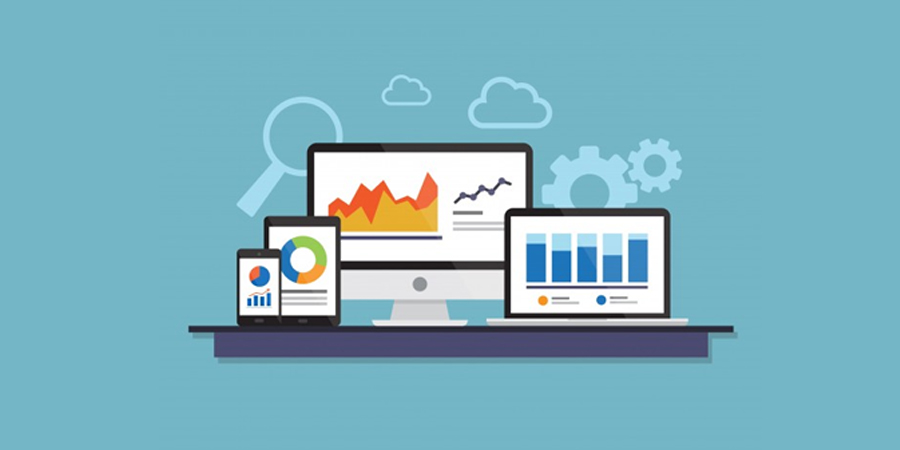Few industries are as dynamic as the information technology world. Perhaps it’s because IT finds application in virtually every other sphere of life. Information technology is an enabler of business so disruptions in the tech world are bound to reverberate in other industries as well. 2019 is unlikely to be much different from preceding years as new trends emerge and some relatively older ones become more established.

Source: Pixabay.com
A disruptive trend is one that has the potential to birth a strategic transformation in how individuals or businesses run their everyday processes. Working with a digital transformation advisory like WGroup can help businesses adapt their strategy, policies, and procedures to these changes. However, it all starts with knowing and preparing for these trends in advance.
The following are some of the disruptive digital trends that look like shaking the world of tech in 2019.
1. Autonomous Objects
Autonomous objects such as drones, autonomous vehicles, and robots use artificial intelligence (AI) to automate roles previously handled by humans. They go past the rigid programming of traditional automation we are used to (such as industrial robots) by leveraging the power of AI to deliver advanced behavior that mimics human thought and action more naturally.
As autonomous objects become more common, we can expect a gradual shift from not just individually intelligent things to more collaborative objects working together with or without human input. An example would be an autonomous drone flying over an expansive field, then using the data it collects to dispatch an autonomous harvester.

2. Augmented Analytics
Augmented analytics is a sphere of augmented intelligence that relies on machine learning to change how analytics data is generated, developed, used, and shared. It’s currently a relatively fringe concept but we should see it gradually enter the mainstream via data management, data preparation, data science, business process management, modern analytics, and process mining.
Insights from augmented analytics can be automatically embedded in procurement, customer service, marketing, sales, finance, HR, and asset management systems to optimize employee decision-making.
3. AI-as-a-Service
The market is already moving away from the traditional approach where data scientists had to partner with application developers to create AI-enhanced models. The increasingly favored approach now is for the developer to work on their own while relying on predefined AI models that are available as a service.
This ecosystem provides the developer with a vast library of AI algorithms and development tools that are geared toward integrating AI abilities into a solution. AI-as-a-Service may even be applied to the application development, testing, and data science functions.
4. Empowered Edge
The edge is the endpoint device in use by people or embedded around us. Edge computing is, therefore, a type of topology in which content collection, information processing, and data delivery are stored nearer these endpoints. It seeks to keep processing and traffic local in order to reduce latency and traffic.
In the short term, edge computing is being necessitated by the Internet of Things (IoT) and the drive to have processing taking place nearer an end device rather than far off on a centralized cloud server. Instead of replacing cloud computing, businesses will combine the strengths of each to come up with a solution that resonates with their need.

5. Immersive Experience
Augmented reality (AR), virtual reality (VR), and mixed reality (MR) are transforming how people interact and perceive the digital world. This shift will intensify through 2019 as users demand ever more immersive experiences. Consumers and businesses alike will shift from fragmented user interfaces and individual devices to a multimodal and multichannel experience.
Multimodal experiences connect users across the dozens or hundreds of edge devices around them including computers, smartphones, smartwatches, consumer appliances, automobiles, and environmental sensors. Multichannel experiences use both human and advanced computer senses across the multimodal devices.
2019 looks like it’s going to be one of the most exciting years for tech. This is certainly not an exhaustive list of upcoming trends. There should be some significant movements in blockchain (especially outside cryptocurrency application), smart buildings and cities, and digital ethics and regulation (spurred by the EU’s General Data Protection Regulations).
